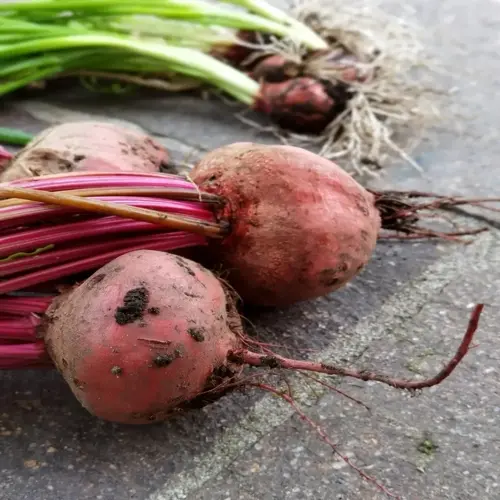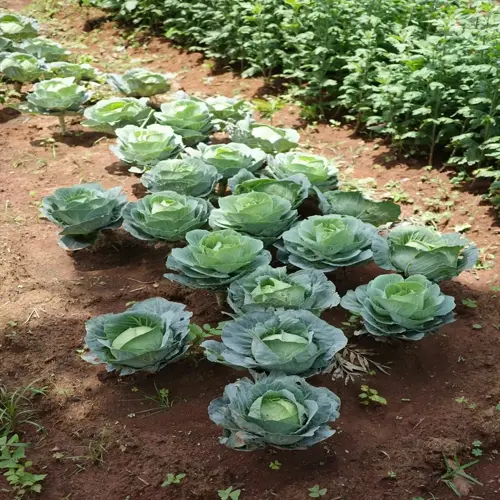Are broccoli leaves edible and how are they used?

Written by
Tina Carter
Reviewed by
Prof. Martin Thorne, Ph.D.*Broccoli leaves* are not just edible but even more nutritious than the florets we eat. A few years ago, we began using their nutritional value, and we value that, too! The younger leaves have more vitamin A and C content than the heads. They yield a mild, slightly sweet flavor, almost similar to kale. Don't waste those nutritional powerhouses again!
Harvest leaves selectively from non-flowering, healthy plants. Select outer leaves that are deep green in color and 6-10 inches long. Use clean shears to cut ½ inch above the stem base. I harvest in the early morning when the leaves are firm and crisp. Limit your harvest to less than 30% of total foliage for the week. This ensures the health of the plant and enables future harvests.
Raw Applications
- Salads: Use young tender leaves like lettuce
- Wraps: Substitute for tortillas or cabbage leaves
- Garnishes: Chop finely over soups and grains
Cooked Preparations
- Sautéing: Cook with garlic and olive oil like kale
- Soups/Stews: Add during last 5 minutes of cooking
- Chips: Bake with oil and sea salt at 300°F until crisp
Flavor Characteristics depend on extraneous variables, including leaf maturity and method of preparation. Young leaves have a gentle sweetness ideal for using raw. Mature leaves have an earthiness that is ideal for cooking. I also blanch the mature leaves to leach out the bitterness before sautéing. The cooking method alters the texture of the leaves, making them more pliable and tender. Appropriately preparing the leaves unlocks a greater culinary experience.
Storage methods also maintain leaf quality. Unwashed leaves can be put in airtight jars in the refrigerator and will last 4-5 days. I also put a paper towel in the jar to absorb moisture. For long-term storage, blanch them and freeze them like spinach. Dried leaves can be put into a powder for smoothies. If handled with care, the nutritional content will remain.
Sustainable harvesting advantages all ecosystems of the garden. Using leaves significantly reduces overall plant waste. I also return unused stems to the compost piles. A balanced leaf then allows plants to have a stronger resistance to pests, as compared to being eaten by leaf pests. Sustainable harvesting thus respects the whole plant, from root to leaf.
Read the full article: When to Harvest Broccoli: Essential Guide

